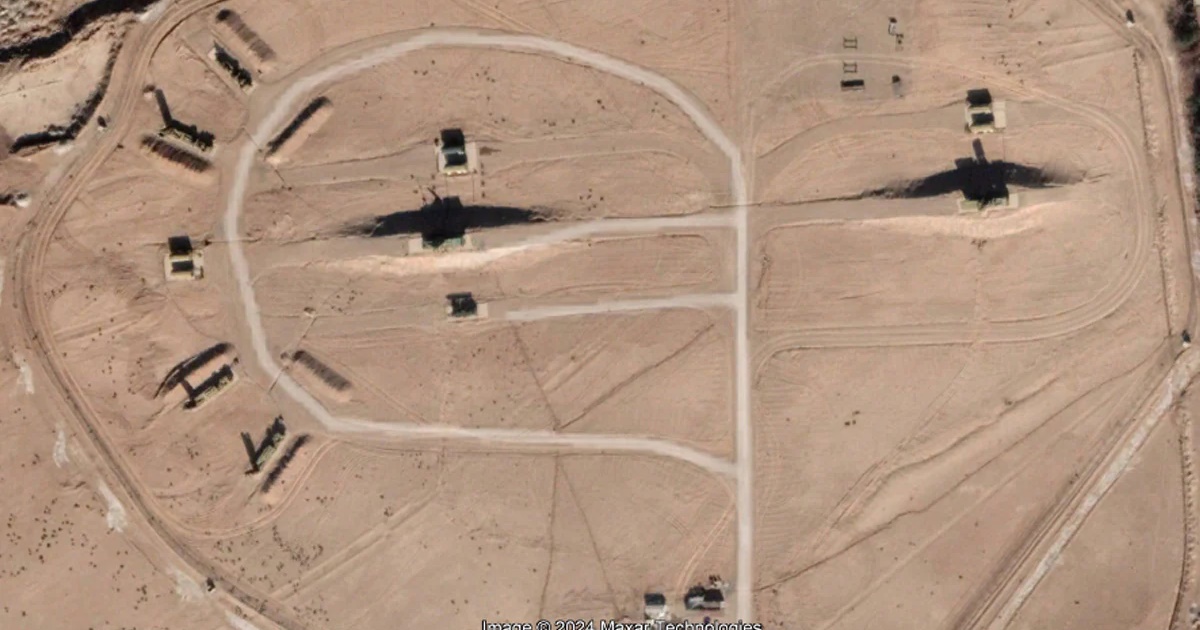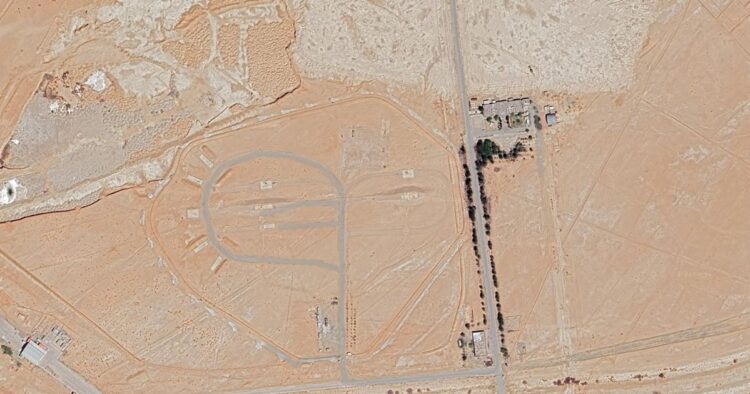Last week, the Isfahan province in Iran experienced significant drone and missile strikes, reportedly originating from Israel. The target: a region housing Iran’s nuclear facility and air defense systems. While American news agencies pointed fingers at Israel, the Jewish state neither confirmed nor denied involvement, maintaining a veil of secrecy.
Tensions had already reached a critical point before the attack, with Iran launching a barrage of drones, cruise, and ballistic missiles on Israel, its long-standing regional rival. The strikes were unprecedented and intensified the already volatile situation in the region.
Satellite imagery analyzed by major outlets like The New York Times and the BBC revealed the aftermath of the attack.
The images depicted the absence of the Russian-made S-300 Surface-to-Air missile defense system, previously stationed near Isfahan International Airport. This system, known for its effectiveness, had mysteriously vanished from its position.

According to reports, the S-300 system, consisting of radar-equipped vehicles and missile launchers, was the target of the attack. The strikes, allegedly carried out by Israeli weapons, managed to evade Iran’s air defense network, catching the region armed with anti-ballistic missile defenses off guard.
Umbra synthetic aperture radar imagery acquired 0648Z 19APR2024 showed evidence of damage to the Iranian S-300PMU2 strategic surface-to-air missile battery in Isfahan since 15APR2024. A probable damaged 30N6E target engagement radar was visible in imagery still on the radar… pic.twitter.com/eqMFTanPOH
— Chris Biggers (@CSBiggers) April 19, 2024
Iranian officials, however, claimed that their military detected no airspace violations on the day of the attack, including drones, missiles, or aircraft. Despite this, satellite imagery confirmed damage to the targeted facility, raising questions about the effectiveness of Iran’s air defense systems.
Analysis of the images revealed significant damage to the S-300 defense system, particularly to its radar components. While the missile launchers remained intact, the crucial fire control radar, responsible for directing missiles towards their targets, suffered severe damage, as noted by experts.
The extent of the damage and the specific weapons used in the attack remain uncertain, with both Israel and Iran denying claims regarding their involvement. However, Western officials suggested that Israel’s calculated strike aimed to send a message to Iran, showcasing its ability to bypass defense systems undetected.
The delivery of the S-300 air defense system to Iran by Russia in 2016 had raised concerns in Israel, given the system’s formidable capabilities. The recent attack underscores the ongoing tensions in the region and the complex geopolitical dynamics at play between Iran, Israel, and other global powers.

















Comments